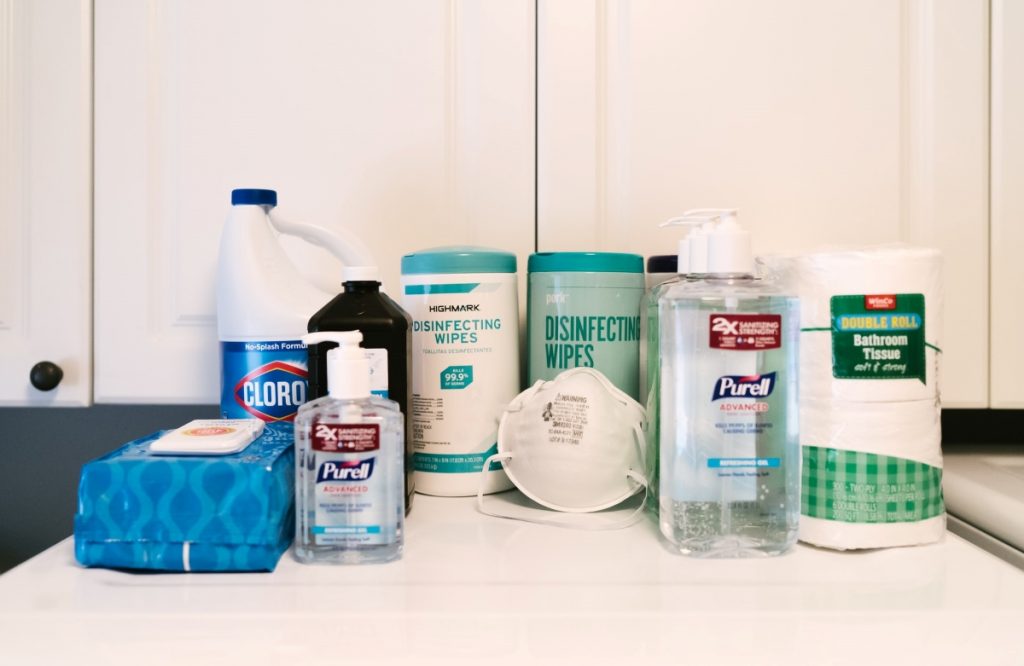
As families all over the world continue to grapple with the effects of the Coronavirus pandemic, scientists and the medical community are working to understand the body’s response to the virus.
Eventually, everyone will have to get back to the same routines and activities as we participated in pre-pandemic – before the economic and mental toll becomes irreversible.
Studies being conducted in Asia and Europe, the first to see spread of the virus, are beginning to shed light on the long-term ways we can develop immunity to this virus… and resume life as we knew it before.
Researchers in Sweden and the U.K. have been studying the body’s immune response to COVID-19 since the first patients began to recover.
After all, the best defense to illness is always our body’s natural immune response – and an immune response that grows throughout populations.
Human immune system response to any illness is always the leading factor in developing treatments for chronic and seasonal illnesses, as well as eradicating them in the future.
While so much remains unknown about the novel coronavirus, one thing is clear: We must eventually build what is referred to as “herd immunity,” in which we are all exposed in some way or another to the virus to trigger our bodies to fight it during new waves.
Much like colds and the flu, the coronavirus must eventually become something we live with instead of something from which we live in fear.
While it is recommended we continue to stay at home, social distance, wear masks and use sanitizing products, these practices are actually preventing our bodies’ natural need to become exposed in order to build antibodies.
One study in Sweden was conducted on over two hundred individuals who had contracted the virus, many of whom had returned from one of the early epicenters in Italy.
Physicians studied both the antibody and T-cell levels in these recovered patients.
Antibodies are proteins made of cells that attach onto viruses to prevent them from entering healthy cells and replicating, determining the severity of a virus on different individuals.
T cells have been referred to as “immune system warriors,” due to their role in fighting viruses in the body, as T cells target and destroy cells that have already been infected.
We’ve heard a lot in the news lately about antibody testing for COVID-19 being used to determine how widespread infections have been in people who either developed a mild response to the virus – or had no symptoms at all.
And it has been hypothesized that many negative antibody tests may just mean the test was inaccurate or not conducted within the window of time these antibodies were active following exposure.
For those with positive antibody tests, a study in the U.K. monitored a group of patients over the course of two months, finding those patients continued to produce antibodies for those two months – perhaps longer after the study was concluded.
Physicians have found that even people who tested negative for coronavirus antibodies may still have some immunity – in the form of the body’s superheroes, T cells.
Researchers are trying to learn how we can safely develop a herd immunity by looking at the immune responses in not only those who have recovered, but also in blood donors who were asymptomatic to learn how they fought off the virus.
This information is also helpful in determining whether this immune response helps protect only the individual or may prevent them from spreading the virus to others within the community.
And like with other viruses, researchers also believe that once an individual recovers from COVID-19, it will offer protection if and when they are exposed again.
The scientific and medical communities are also working to understand the differences in “viral load” in patients infected with coronavirus.
So far, they have found that patients with the most severe infections are more likely to develop a greater amount of antibodies.
That may sound like common-sense, but they are also comparing this data against the severity of immune response to learn just how much our bodies fight this particular virus with antibodies and how much with T cells.
This information is crucial to developing ways to treat those infected with the virus by understanding what triggers certain kinds of immune responses.
A patient’s viral load can also be monitored in order to glean more information on just what kind of exposure produces either mild or severe reactions. With the flu, the more particles of the virus — called the “infectious dose” — that are inhaled, the more severe the symptoms seem to be.
All of these indicators of severity and response are going to be the most important determining factors in keeping this virus – and others that spread to epidemic and pandemic proportions – at bay before they spread to the extent of COVID-19.
The human body is a wonderful and complex machine, capable of protecting and healing itself from any number of harmful substances and bacteria.
The research being conducted now on recovered patients should provide encouragement that we will eventually be able to build some kind of “herd immunity” and get back to a semblance of our past normalcy.
For now, we are all encouraged to keep our families healthy with frequent hand-washing and staying home when we’re sick.
But this research also offers some hope that our bodies will find ways to combat this frightening new virus over time and that, like colds and flu, it will eventually be something to simply be cautious – not panicked – about.
